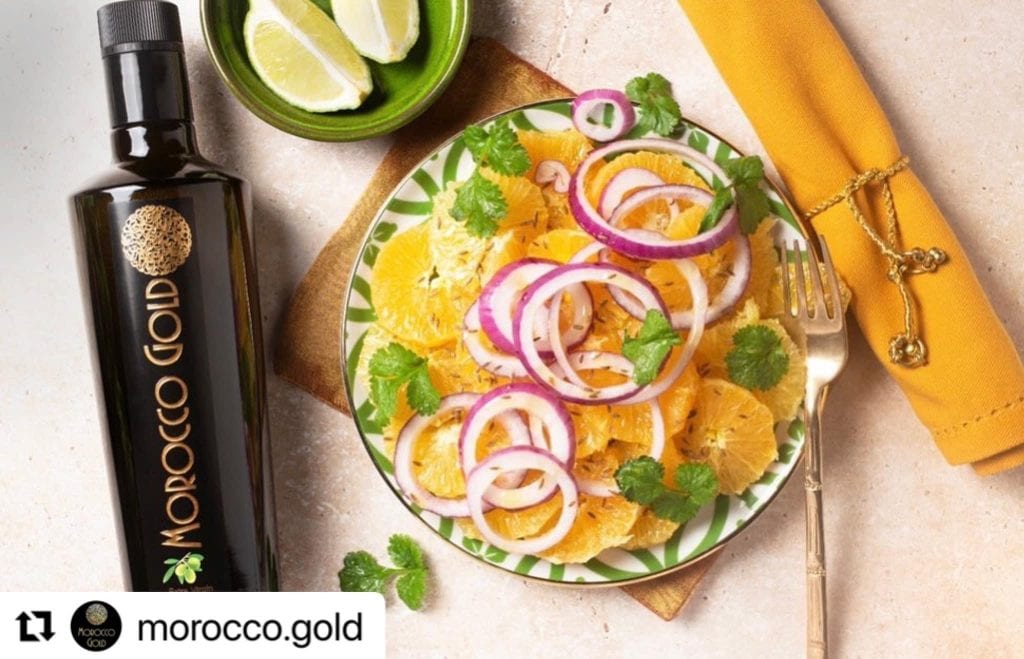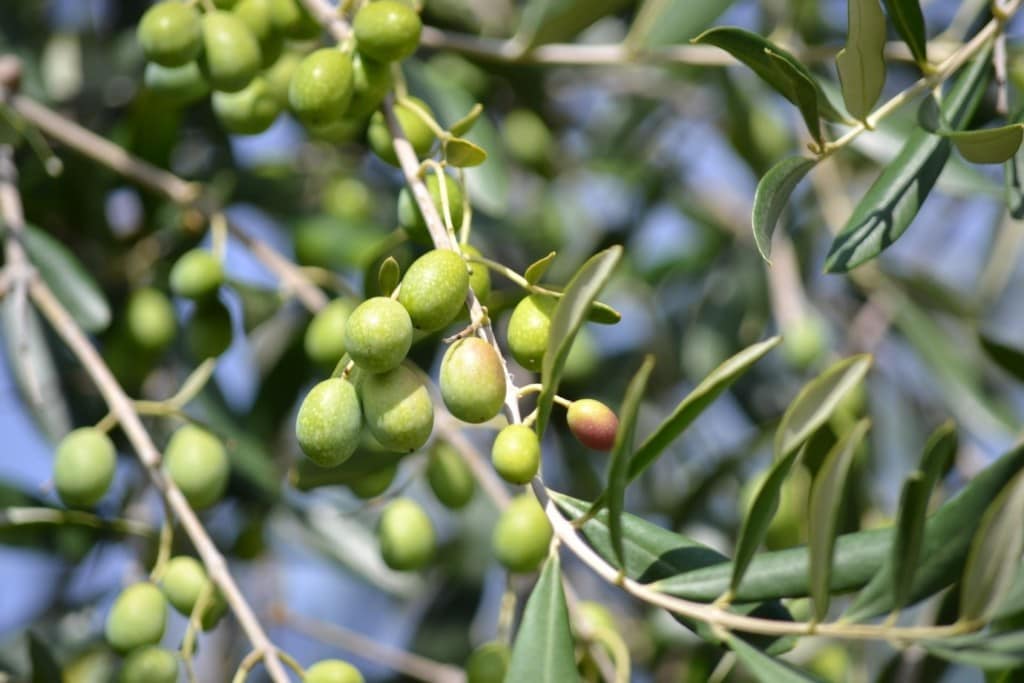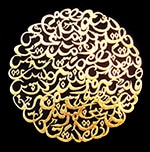Is The Highest Quality Olive Oil Worth The Extra Cost?
Updated February 22nd 2024

Summary
- There are five different grades of Olive Oil available to buy, the highest quality being extra virgin olive oil.
- To achieve the grade of Extra Virgin Olive Oil, the oil must have no more than 0.8% acidity and be made from cold-pressed olives.
- Olives in used Morocco Gold are harvested by hand using flexible combs.
- Quality extra virgin olive oils are made exclusively from a single source – ensuring a unique flavour – compared to some cheaper factories using a mix of different cultivars of different olive ripeness meaning a lower quality taste.
Contents
- What Are The Different grades of Olive Oil Available?
- What Determines The Quality And Price Of The Best Olive Oil?
- Cold-pressed Extra Virgin Olive Oil Uses A Lot Of Olives
- Morocco Gold Olives Are Harvested By Hand, Not By Machines
- The Best Quality Olive Oil Comes From A Single Source
What Are The Different Grades Of Olive Oil Available?
When shopping for olive oil the choice of options and cost range is huge but is the best extra virgin olive oil always the most expensive and why should we care?
The use of high-quality olive oil has become increasingly popular in recent years, with many seeking out the best and most flavourful options. The allure of extra virgin olive oil lies in its rich taste and health benefits, making it a crucial ingredient in the Mediterranean diet. However, as you may have noticed while perusing your local grocery store aisles, not all olive oils are created equal.
While some bottles boast single-source production and being cold pressed, others may be more affordable but lack these qualities. So why do higher quality olive oils cost more? In this blog post, we’ll dive into the factors that contribute to the price differences of extra virgin olive oil and how they ultimately affect the taste and production processes.
According to the International Olive Council, there are five different grades of olive oil, each with clearly defined standards. They are:
- Extra Virgin Olive Oil
- Virgin Olive Oil
- Refined Olive Oil
- Olive Pomace Oil
- Lampante Oil
What Determines The Quality And Price Of The Best Olive Oil?
It is widely accepted that extra virgin olive oil is the highest quality, best extra virgin olive oil you can buy. But, even within this category, there are vast differences in quality and price.
As explained in a recent article from Tasting Table, extra virgin olive oil is the most expensive olive oil on the market, largely due to the very specific processes and standards the oil has to meet.
For example, to achieve the grade of EVOO, the oil must have no more than 0.8% acidity and must be crafted by one of two methods: pressing the olives with direct contact or by using centrifuges to press the oil out.
Another characteristic of more expensive olive oils, and one which Morocco Gold is very proud to adhere to, is “cold-pressing,” where the olives are processed at temperatures no greater than 86 degrees Fahrenheit. This process should keep the oil free of contact with heat or chemicals during its milling. Other less expensive olive oils will have higher levels of acidity, as well as more refined processes.
Cold-Pressed Extra Virgin Olive Oil Uses A Lot Of Olives

The highest quality extra virgin olive oils are all derived from hand-picked olives. According to Foodiosity, it takes the olives of several trees to produce just 1 kilogram of oil. Foodiosity says it takes 9-11 kilograms of olives to cold-press 1 kilo of olive oil. To achieve that quantity requires the yield of several trees combined. It’s also important to remember that, although olives are high in monounsaturated fats, you won’t get a whole tablespoon of olive oil from a single olive.
If you also consider the high volumes of waste resulted from processing olives, it’s easier to understand why olive oil can get so expensive.
Morocco Gold Olives Are Harvested By Hand, Not By Machines
Morocco Gold olives are harvested by hand using flexible combs. Nets and tarpaulins are placed on the ground to avoid contact between the olives and the ground.
Aerated boxes are used for the immediate transport of the harvested olives from the orchard to the crushing unit. On receipt, the olives are checked to ensure their quality, in particular color and appearance, any defective or malformed olives.
And finally, says Tasting Table, another significant factor in the expensive price of olive oil is the olive itself. Depending on the country of origin, some consumers are paying the price of an import, and a valuable one at that.
The Best Quality Olive Oil Comes From A Single Source
According to Foodiosity, some cheaper factories use a mix of different cultivars of different olive ripeness which results in a lower quality taste. An olive oil, like Morocco Gold extra virgin olive oil, which is made exclusively from a single source ensures it has a distinct flavour and colour of its own.
In the case of Morocco Gold, our extra virgin olive oil is pressed from the prized Picholine Marocaine, the only type of olive used to create Morocco Gold.
High in polyphenols, these olives give Morocco Gold it’s distinctive green fruitiness, hints of sweet almonds, fresh turf and hint of herbs.
It has the distinctive ‘pepperiness’ of a fine extra virgin olive oil giving Morocco Gold a clean, well-balanced finish. For more on the unique processes behind the production of the best extra virgin olive oil visit us here.
